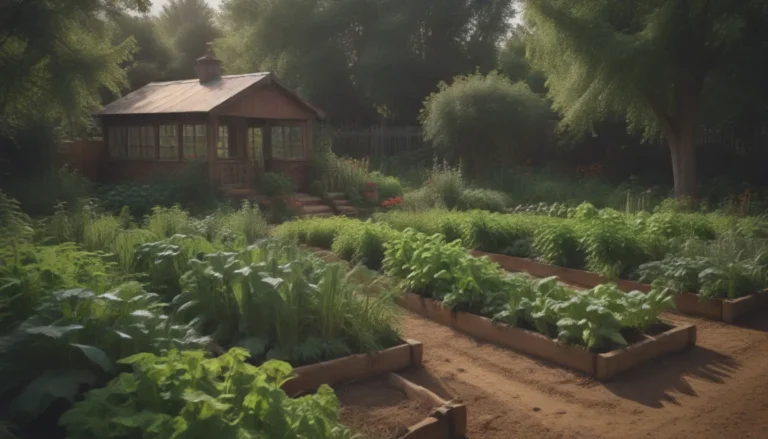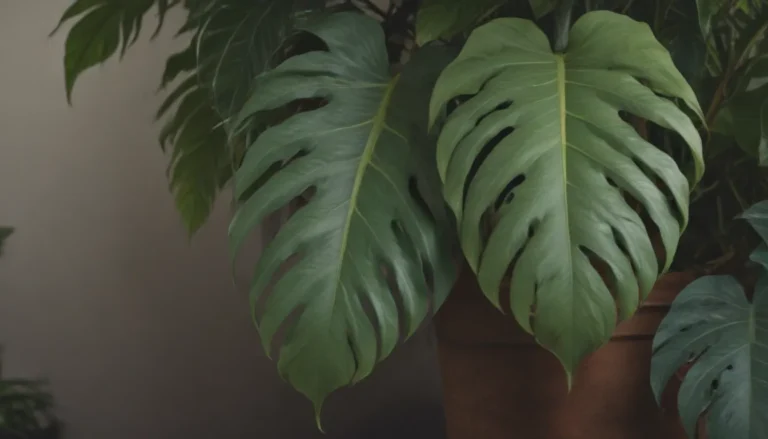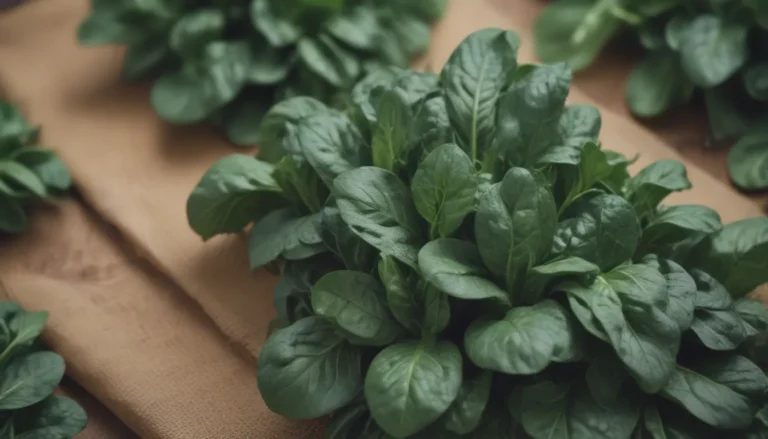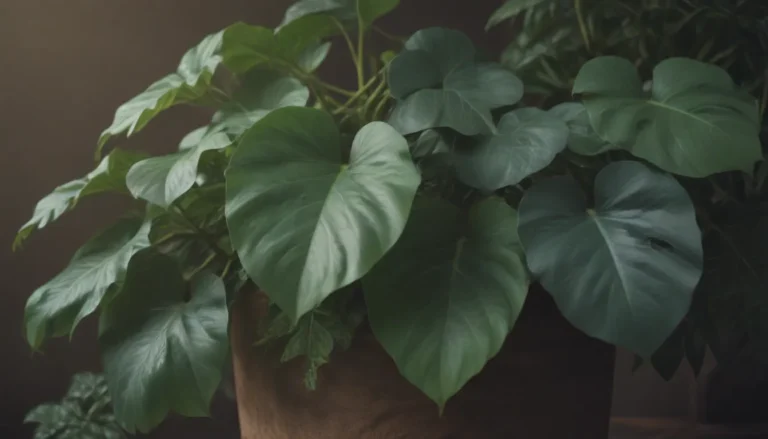A Comprehensive Guide to Growing and Caring for Delphiniums
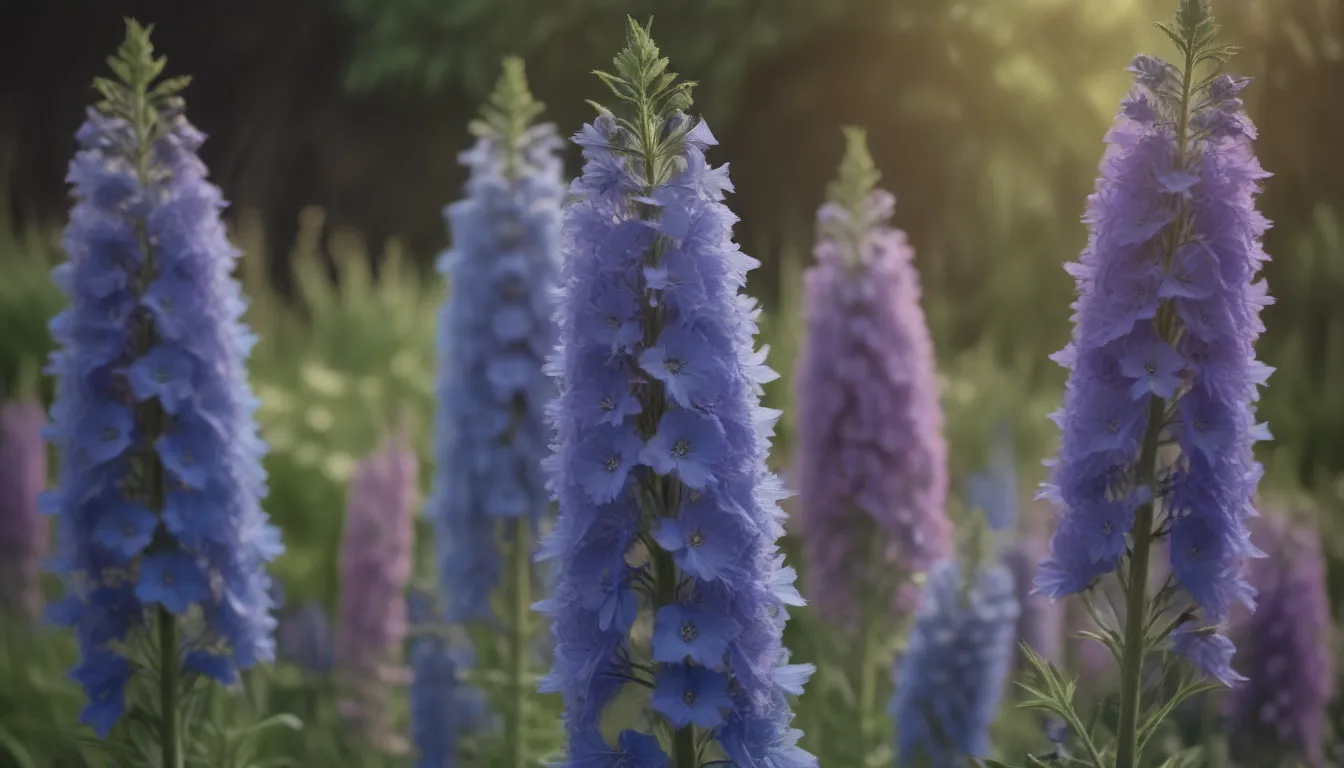
Delphiniums are stunning plants that can add a touch of elegance and color to any garden. With their towering spikes of vibrant blooms, they are sure to make a statement in your yard. In this comprehensive guide, we will explore everything you need to know to successfully grow and care for delphiniums.
What Are Delphiniums?
Delphiniums belong to a genus of plants that include over 300 species, with Delphinium elatum being the most recognizable. These plants can grow up to five to six feet tall, boasting an array of colors from pastels to deep blues, pinks, purples, and whites. Their large, cup-shaped flowers are a favorite among gardeners for their beauty and elegance.
Delphinium Care Tips
Delphiniums are versatile plants that can enhance the look of any garden. Here are some essential care tips to help you grow healthy and vibrant delphiniums:
- Light: Delphiniums thrive in full sun, but they do not do well in dry heat. A location that receives morning sun and light afternoon shade can help improve flowering. Aim for 6 to 8 hours of sunlight daily.
- Soil: Ensure you plant delphiniums in well-draining loamy soil with a slightly acidic pH of 6.5 to 7.0. Adding compost at planting time can boost growth, as delphiniums are heavy feeders.
- Water: Water your delphiniums regularly, especially during hot weather. Keep the soil moist but not waterlogged to prevent crown rot. Mulching can help preserve soil moisture.
- Temperature and Humidity: Delphiniums prefer long, cool springs and cooler summers with average temperatures between 70 and 80 degrees Fahrenheit. They are not fans of high humidity, which can lead to powdery mildew.
- Fertilizer: These plants require plenty of nutrients to produce their magnificent flower spikes. Use well-aged compost or a balanced fertilizer like a 10-10-10 at planting time. A second application mid-season can prolong bloom.
Types of Delphiniums
There are many popular cultivars of delphiniums, each with its unique characteristics and colors. Some common types include:
- D. elatum ‘Magic Fountain’
- D. elatum ‘Centurion’
- D. elatum ‘Pacific Giant’
- D. grandiflorum ‘Summer Nights’
- D. x belladonna ‘Blue Donna’
Pruning and Propagating Delphiniums
Pruning and propagating your delphiniums can help promote healthy growth and more blooms. Here are some tips on how to prune and propagate these beautiful plants:
- Pruning: Removing mature flower spikes can encourage flowering on new side shoots. Cut back delphiniums to two inches above ground level after the initial bloom period to promote a second bloom in late summer or autumn.
- Propagating: Delphiniums can be propagated through division and basal cuttings. These methods are most successful in spring when new growth appears. Dividing plants can help them multiply and thrive.
Growing Delphiniums From Seed
Delphiniums can be easily grown from seed, but not all types will reseed. If you want to grow delphiniums from seed, follow these steps:
- Start the seeds in winter or early spring.
- Provide cold stratification by placing the seeds in the refrigerator for several weeks.
- Transplant the seedlings as soon as possible to prevent root damage.
Potting and Repotting Delphiniums
If you prefer to grow delphiniums in pots, ensure you choose a container with proper drainage. Repotting may be necessary as these plants spread rapidly. Here are some tips for potting and repotting delphiniums:
- Choose a pot at least twice the size of the plant.
- Use a potting medium with good drainage.
- Water and fertilize regularly, as potted plants may require more attention.
Overwintering and Common Pests/Diseases
Properly overwintering your delphiniums can help protect them from frost damage. Mulching and providing shelter can keep your plants healthy during the colder months. Be vigilant against common pests and diseases that can affect delphiniums, such as slugs, aphids, powdery mildew, and crown rot.
Troubleshooting Common Problems
If you encounter issues like overcrowding, yellow leaves, or drooping plants, take action promptly to address the problem. Dividing plants, improving drainage, and providing adequate support can help keep your delphiniums thriving.
In conclusion, delphiniums are stunning additions to any garden with proper care and attention. By following the tips and guidelines in this comprehensive guide, you can enjoy beautiful, vibrant blooms from these elegant plants for years to come. Happy gardening!
